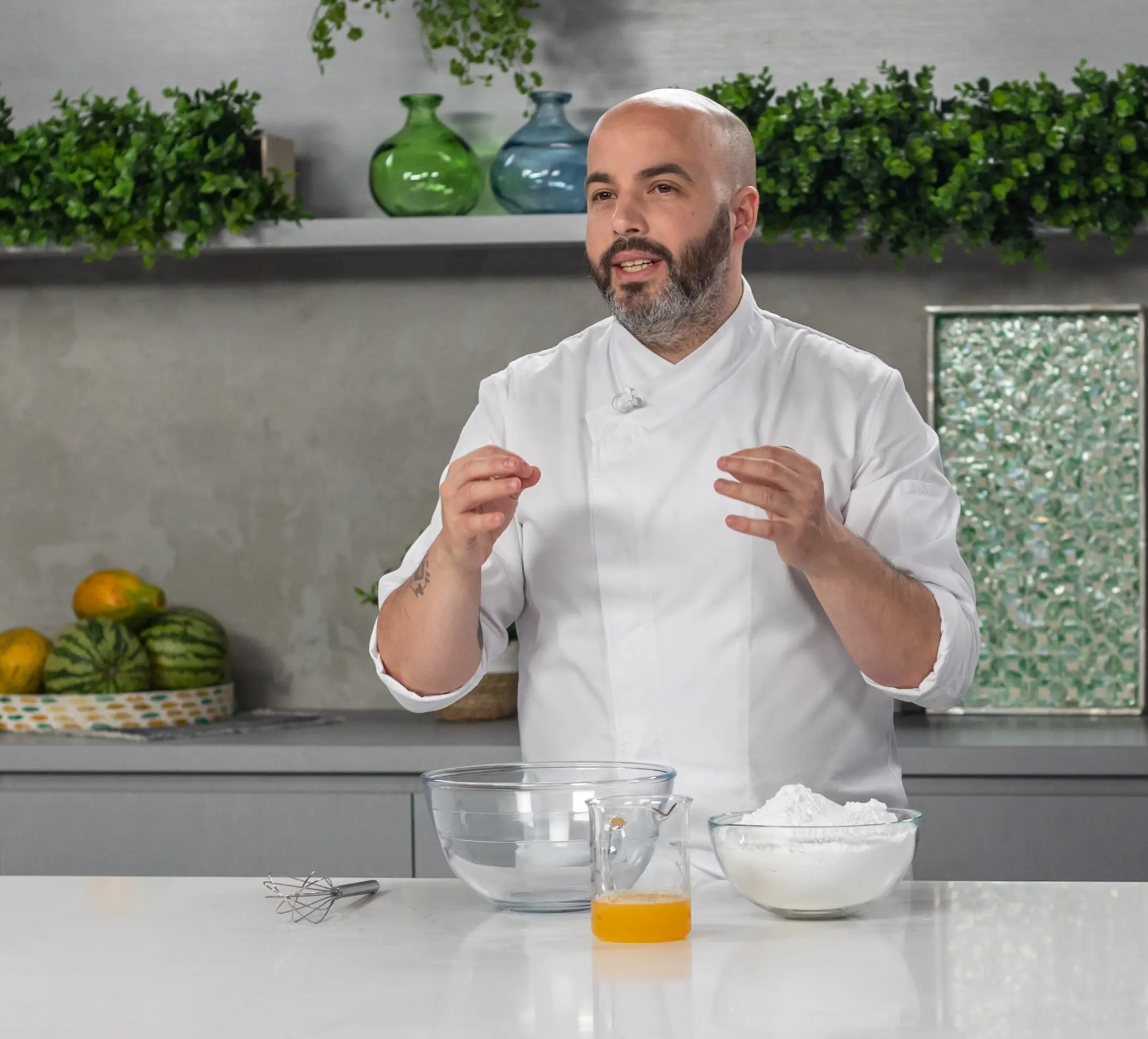Understanding Your Costs
Ingredient Costs
The first step in pricing your pastries is understanding your ingredient costs. This includes all the raw materials you need, such as flour, sugar, butter, eggs, and any special ingredients like chocolate or fruit. When calculating these costs, keep in mind seasonal variations; some ingredients may be more expensive at certain times of the year. Highlighting the use of high-quality, locally sourced ingredients can justify higher pricing and attract discerning customers.
Labor Costs
Labor costs encompass all the hours you invest in creating your pastries, including preparation, baking, and cleanup. To calculate this, estimate how long it takes to make each pastry and multiply that by your hourly wage or what you expect to pay yourself if you were to hire someone. Consider promoting your craftsmanship and the skill involved in your baking process as a selling point for your pricing.
Overhead Costs
Overhead costs are the ongoing expenses required to run your baking business, such as rent, utilities, and equipment maintenance. A good practice is to determine your total monthly overhead and divide it by the number of pastries you plan to produce in that time frame to allocate a portion of those costs to each item. Sharing insights about your bakery's environment and equipment on social media can enhance your brand’s story and make customers feel more connected to your products.
Calculating the Cost of Each Pastry
Total Cost Calculation
To find the total cost per pastry, add together your ingredient, labor, and overhead costs. For example, if it costs $1.50 for ingredients, $0.50 for labor, and $0.25 for overhead, your total cost would be $2.25.
Setting a Profit Margin
In the pastry industry, a common profit margin is between 30% and 50%. To set your selling price, multiply your total cost by (1 + your desired profit margin). Using the previous example with a 40% margin: $2.25 x 1.4 = $3.15. Communicate the value of your pastries clearly on labels and menus to justify this pricing.
Competitor Analysis
Researching Competitor Prices
Investigate the prices of similar pastries from competitors in your area. This can give you insights into market standards and customer expectations. Create visually appealing comparisons on your website or social media to showcase how your offerings stand out.
Adjusting Your Prices Accordingly
Use your competitor research to adjust your prices without sacrificing quality. If your pastries are of higher quality, justify the higher price point by highlighting unique features or flavors in your marketing materials.
Marketing Your Prices Effectively
Communicating Value to Customers
Make sure your customers understand the value behind your pricing. Share details about the quality of your ingredients or the techniques you employ to create your pastries. Use storytelling in your marketing to connect with customers emotionally.
Building a Brand Around Your Pastries
Strong branding can justify higher prices. Use your website and social media to convey your brand’s mission and values, focusing on quality and craftsmanship. This can create a loyal customer base willing to pay a premium for your products.
Utilizing Social Media and Online Platforms
Leverage platforms like Instagram and Facebook to showcase your pastries and pricing. High-quality photos and engaging captions can capture attention and drive sales. Consider using Instagram Stories or Reels to highlight special offers and new product launches.
Pricing Strategies
Psychological Pricing Techniques
Psychological pricing, such as setting prices just below a whole number (e.g., $2.99 instead of $3.00), can be an effective strategy to encourage purchases.
Seasonal and Promotional Pricing
Consider offering special pricing during holidays or for seasonal pastries to attract customers. This can create urgency and drive sales, especially when combined with effective marketing campaigns.
Loyalty Programs and Bundling
Create pricing incentives for repeat customers through loyalty programs or bundled offers. For example, offer discounts on bulk purchases or a free pastry after a certain number of purchases, promoting customer retention and increasing sales volume.
Pricing your pastries doesn’t have to be daunting. By understanding your costs and employing strategic marketing methods, you can set profitable prices that reflect the quality of your creations. Regularly reassess your pricing strategy, ensuring it aligns with your brand’s value proposition and marketing goals. Engage with your customers, listen to their feedback, and adapt your approach to continue attracting and retaining them. Happy baking!
Thomas Haas Home Baker to Pastry Shop Owner
Thomas Haas teaches you how to transform your home business into a successful production by sharing his own experience from his early beginnings, starting out in his basement, to today, owning renowned pastry shops. Learn with
Thomas Haas.
October 18, 2024 By PastryClass


























